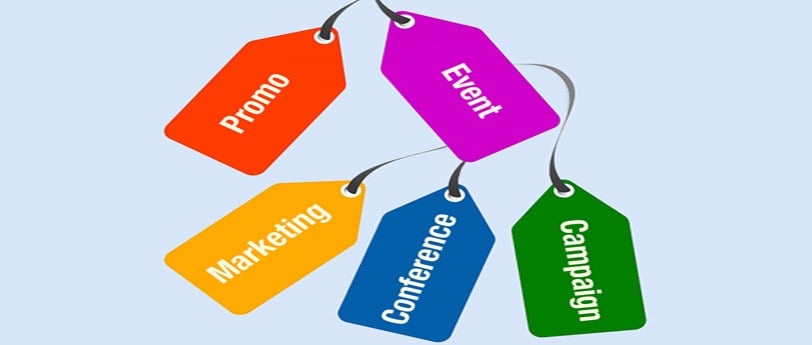📞 (858) 308-1100
✉️ contact@veslav.com
How to Use Tags in QuickBooks Online to Track Your Finances More Effectively
2/26/20252 min read


When managing your business finances in QuickBooks Online (QBO), you might need more flexibility in tracking transactions beyond standard categories like accounts, classes, or locations. That’s where Tags come in!
Tags allow you to label transactions with custom, non-accounting labels, helping you track spending patterns, organize projects, and gain deeper financial insights without affecting your chart of accounts.
In this post, we’ll cover:
What tags are and how they work
How to create and use tags in QBO
Best practices for getting the most out of tags
What Are Tags in QuickBooks Online?
Tags are customizable labels you can apply to transactions to track specific activities, expenses, or revenue sources. Unlike classes or locations, tags don’t impact your financial reports – they’re purely for internal tracking and reporting purposes.
Why Use Tags?
✔ Track marketing expenses by campaign (e.g., "Facebook Ads," "Google Ads")
✔ Categorize travel expenses by event (e.g., "Trade Show 2025")
✔ Monitor expenses per project or department without affecting the chart of accounts
✔ Gain insights into spending trends across different business activities
Example: You run a retail store and want to track holiday-related expenses. Instead of creating a new account, you can use a "Holiday Sales 2025" tag to group related expenses.
How to Create and Use Tags in QuickBooks Online
📌 To create a new tag:
➤ Go to Settings ⚙ → Tags
➤ Click New Tag Group and name it (e.g., “Marketing Campaigns”)
➤ Click New Tag, name the tag (e.g., “Google Ads”), and assign it to the group
➤ Click Save
📌 To apply a tag to a transaction:
➤ Open or create a transaction (e.g., expense, invoice, bill)
➤ Look for the Tags field
➤ Select the relevant tag(s) or create a new one
➤ Save the transaction
💡 Tip: You can apply multiple tags to a single transaction for better tracking!
Tracking Tagged Transactions with Reports
QBO allows you to generate reports based on tags to see spending or revenue trends:
➤ Go to Reports → Transaction List by Tag Group
➤ Select the tag group and apply date filters
➤ Analyze the report to see where your money is going
Best Practices for Using Tags in QBO
✔ Use Tag Groups for Organization – Group related tags under a common category for easy tracking.
✔ Keep It Simple – Avoid using too many overlapping tags that create confusion.
✔ Don't Replace Accounts, Classes, or Locations – Tags are an additional tool for tracking, not a substitute for proper bookkeeping categories.
✔ Regularly Review Tags – Keep them updated and delete unused ones to maintain clean records.
How We Can Help
Tags can provide valuable insights into your business performance when used correctly. We help small business owners set up and optimize their QuickBooks Online accounts, implement effective tagging strategies, and ensure financial reports provide actionable insights.
💬 Want to get more out of QuickBooks Online? Contact us today!
Veslav Consulting
Simplifying Your Finances,
Empowering Your Growth
Contact Us
Join our newsletter list
858-308-1100
© 2025 Veslav Consulting. All rights reserved.
